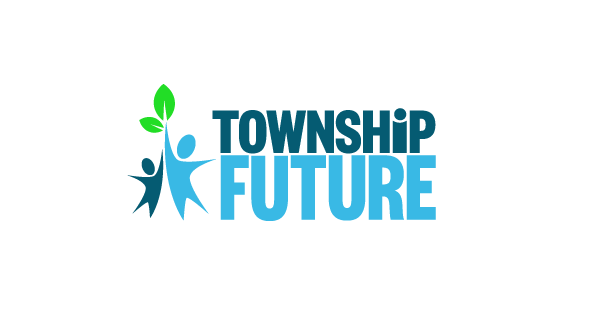9. FALSE STATEMENT: If we incorporate, we can ban big trucks from The Woodlands Parkway.
The latest attempt by PRO-city Board members to find a reason to incorporate – banning big trucks on The Woodlands Parkway is just as lame as the previously rejected reasons. While it is true there is a process to establish Truck Routes within a city, they are not practical in The Woodlands and there are limitations on the city’s authority to do so.
What are Truck Routes? Truck Routes are established primarily to divert big trucks from traditional “downtown” streets to a loop or thoroughfare established by the city to divert car and truck traffic from the downtown area. Truck Routes are not established to “ban” trucks from all city roads.
Most trucks would be excluded. First and foremost, those of us who shop, work and live in The Woodlands need big trucks to fill the store shelves, deliver to our businesses and homes and to construct and maintain our infrastructure. Truck Routes still permit truck travel on all roads necessary to service local businesses and residents. These are trucks that we want and need in The Woodlands. So, the majority of big trucks in The Woodlands would likely not be covered by a city restriction of travel by big trucks.
What is the process and the limits in cites? The process for a city seeking to establish a Truck Route is spelled out in an TXDOT Online Manual http://onlinemanuals.txdot.gov/txdotmanuals/smk/truck_routes.htm.
- Alternate route within city limits. First, a city needs to designate an alternative route (Truck Route) within the city boundaries for big trucks. If the objective is to take big trucks that do not have business in The Woodlands off The Woodlands Parkway, what route would be designated as the Truck Route? What city roads would the trucks take to avoid The Woodlands Parkway? Research Forest? FM 1488? FM 2978? TX 242?
- Written consent of another city or county affected. According to the TXDOT Manual, if an alternate route affects a county or another city, the city will seek written consent from their affected neighbors to divert truck traffic onto their roads.
- Submit proposed route to TXDOT. According to the TXDOT Manual, cities submit all Truck route proposals, in writing, to the TxDOT district office for review and comment. TXDOT also refers the proposal to TRF to review and comment on the proposal on engineering matters.
- Federal approval of Truck Route. If a Truck Route impacts a federal highway (like I-45), the Federal Highway Administration must approve the route. TFR coordinates with the city and FHA.
- City must pass an ordinance. To establish the Truck Route, the city must also pass an ordinance. Depending on the Home Rule Charter, the residents may or may not vote on the ordinance.
- Additional city responsibility and costs. According to the Manual, “The city assumes all responsibility for the route, including enforcement and any other legal matters.” They city must also bear the costs of the signs and their installation and submit a map of the route to TFR.
Truck Routes are just the “issue du jour” in the menu of problems (real or fake) that are NOT solved by becoming a city. We understand that when you are #1, it’s hard to find a compelling reason to risk a complete change in government structure that will result in destabilizing our community for years. This last-minute act of desperation underscores the need to VOTE AGAINST this half-baked plan!
